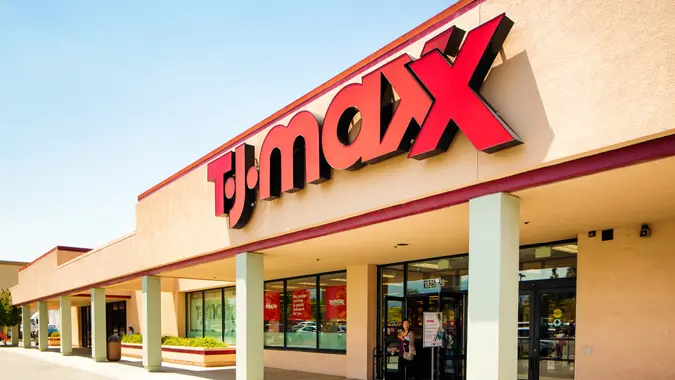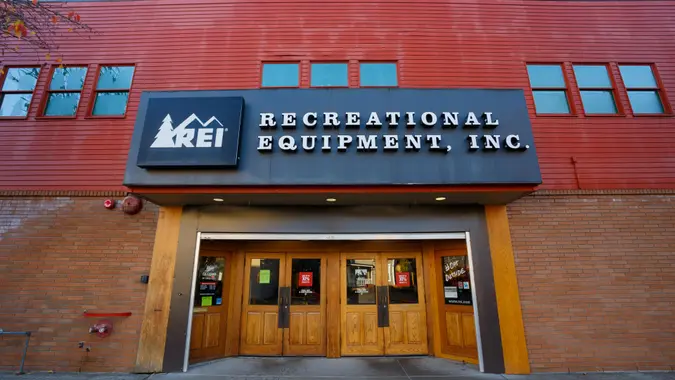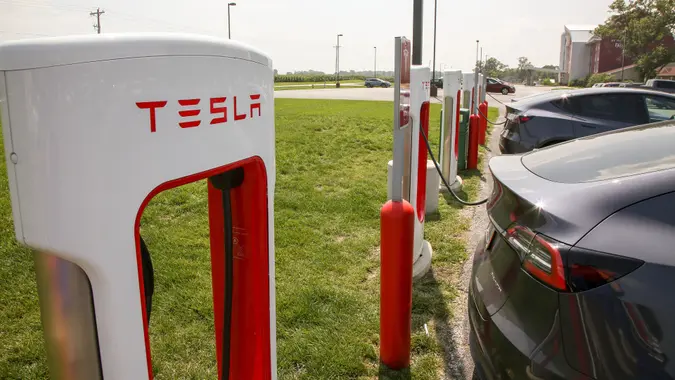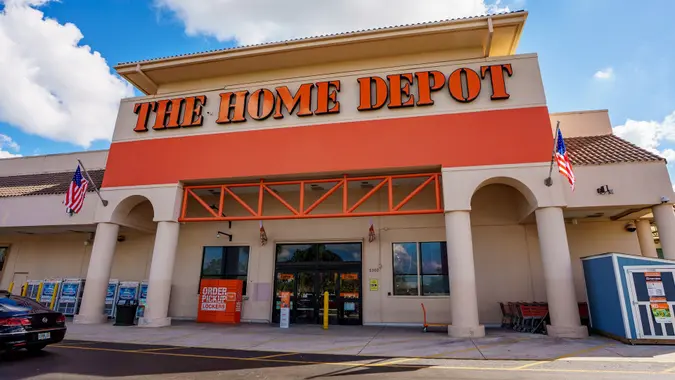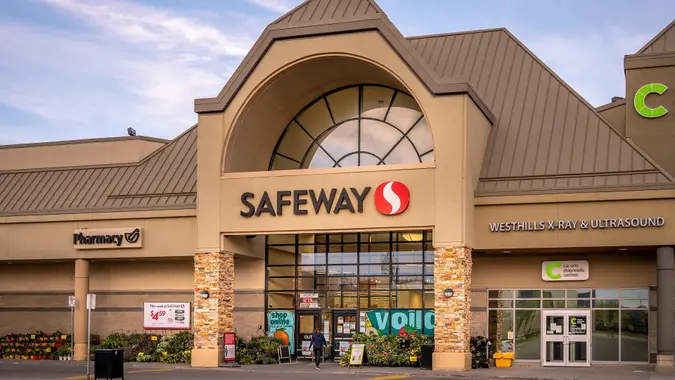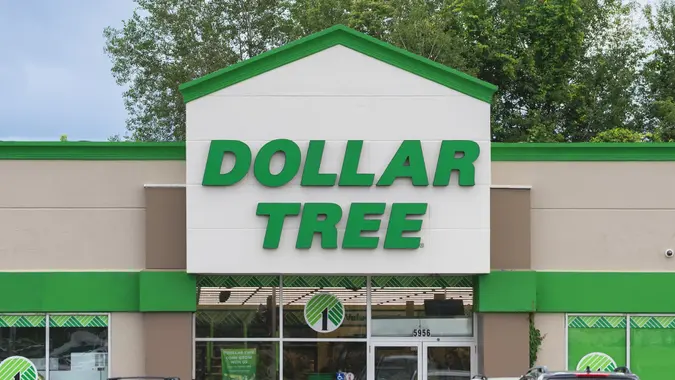Should You Get Flood Insurance in 2025? Here’s What Experts Say
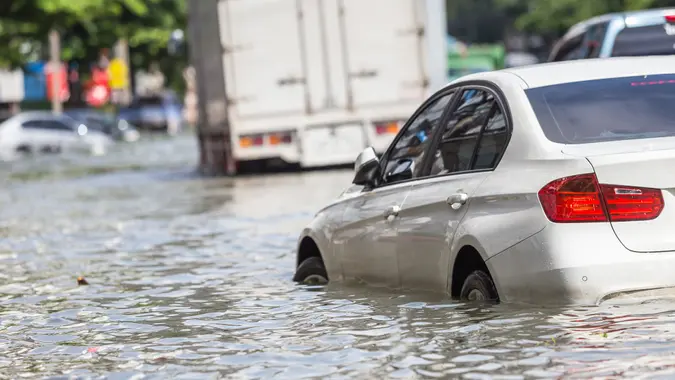
Commitment to Our Readers
GOBankingRates' editorial team is committed to bringing you unbiased reviews and information. We use data-driven methodologies to evaluate financial products and services - our reviews and ratings are not influenced by advertisers. You can read more about our editorial guidelines and our products and services review methodology.

20 Years
Helping You Live Richer

Reviewed
by Experts

Trusted by
Millions of Readers
Your home is the most important — and most expensive — thing you own. Unfortunately, many costly perils, like floods, threaten your investment. In fact, an inch of floodwater can cause as much as $25,000 in damage.
Fortunately, insurance policies exist to help mitigate this risk. But should you buy flood insurance in 2025 when coverage prices are on the rise? We asked multiple experts this question — keep reading to learn if they think flood insurance is worth it.
Also here are 10 high-flood-risk areas that people are still moving to.
Should You Get Flood Insurance?
Expert opinion on our central question varied from “it depends” to “absolutely.” We broke their insights into three distinct camps below.
Make an Educated Decision
“Flood insurance is the only way for a homeowner to protect their financial interest in their home and possessions if a flood damages or destroys their property. Homeowners should get flood insurance if their property is at risk of flooding,” said Melanie Musson, home insurance expert with Clearsurance.com.
Musson encouraged readers to check their risk on the Federal Emergency Management Agency (FEMA) website. Just enter your address and look at the map, which shows different levels of flood risk.
“You don’t need flood insurance if your home is at no risk of flooding,” Musson added. “You should carry flood insurance if you have a minimum risk of one flood in 100 years.”
Greg Martin, president of Think Safe Insurance, encouraged readers to find out how much coverage would cost.
“You should always get a quote for flood [insurance], so you at least know how much the rate would be,” he said. “Then, you can make an educated decision on whether or not the peace of mind of having the protection is worth it for you. Many people assume that it is very expensive, but it is often much more affordable than you expect.”
Coverage Is Essential
E. Tyler Ardron, executive vice president of Floodproofing.com, took a hard stance on this topic. “Everyone — and yes, I mean everyone — should have flood insurance, regardless of whether you live in a designated flood zone. Forty percent of National Flood Insurance Program (NFIP) claims are from outside of high-risk flood areas, showing the value of flood insurance for everyone. While it may seem like an additional expense, it can protect you from the devastating financial impact of a flood and give you peace of mind.”
Coverage May Be Required
You may not have a choice when it comes to buying coverage. “Flood insurance is required by law if your home is in a high-risk flood zone and you have a federally backed mortgage,” Ardron explained.
“In my area, some home insurance companies are starting to require flood insurance — no matter what flood zone you are in — in order to have home insurance with that company. We will see if that spreads to more carriers or not,” said Martin, based in Brandon, Florida.
How Hard Is It To Get Coverage?
Experts generally agree that getting coverage is relatively easy. “If your community participates in the NFIP, you are automatically eligible for coverage. However, if your community does not participate, you would need to seek coverage through the private flood insurance market, where eligibility depends on the insurer’s risk tolerance and underwriting criteria,” Ardron said.
While you can likely obtain a policy for your property, coverage won’t take effect immediately. “There is a waiting period to be aware of, so you can’t call the day before a big storm,” Martin explained. “For National Flood Insurance policies, it is 30 days before coverage starts unless there is a loan transaction, like a mortgage closing. For private flood policies, it usually ranges between 10 and 14 days but varies by carrier.”
When You May Have Difficulty
Not every property will automatically qualify for flood insurance — especially if there is a history of flooding. “For example, some homeowners in parts of Florida that have experienced devastating flooding twice in the past few years are having to make drastic changes to their homes, like putting their homes on stilts to qualify for flood coverage again,” Musson said.
Plus, some homes may not qualify at all. “Homes in violation of floodplain management laws, container homes, buildings entirely over water and buildings partially underground are some types of [properties] that may not be eligible for coverage,” Martin said.
How Much Does Protection Cost?
Insurers price their policies based on risk and consider coverage amount, property elevation level, flood mitigation measures in place, claims history and other criteria. “Florida is one of the highest-risk and highest-cost areas for flood insurance because the elevation is low throughout the state and storm surges bring seawater that floods huge swaths of land,” Musson said.
Ardron offered the following annualized flood insurance cost data:
- Average policy price: $1,400
- Lower-cost policies: Start around $600
- High-risk property coverage: Can exceed $10,000
There are some steps you can take to reduce the expense. “If you are in a higher-risk zone, having an elevation certificate can help a lot. Also, if you are buying a house and the seller has an NFIP policy, getting a copy of their declarations page can help a lot with the rate on your new policy through NFIP,” Martin said.
Beyond Flood Insurance
You bought flood insurance. Now what?
“Flood insurance can help protect homeowners financially from the impact of floods, but it does not physically protect your home,” Ardron added. “All homeowners should research flood mitigation products and consult with a flood mitigation specialist or a Certified Floodplain Manager to determine the best way to protect their investment from flooding.”
 Written by
Written by  Edited by
Edited by 






